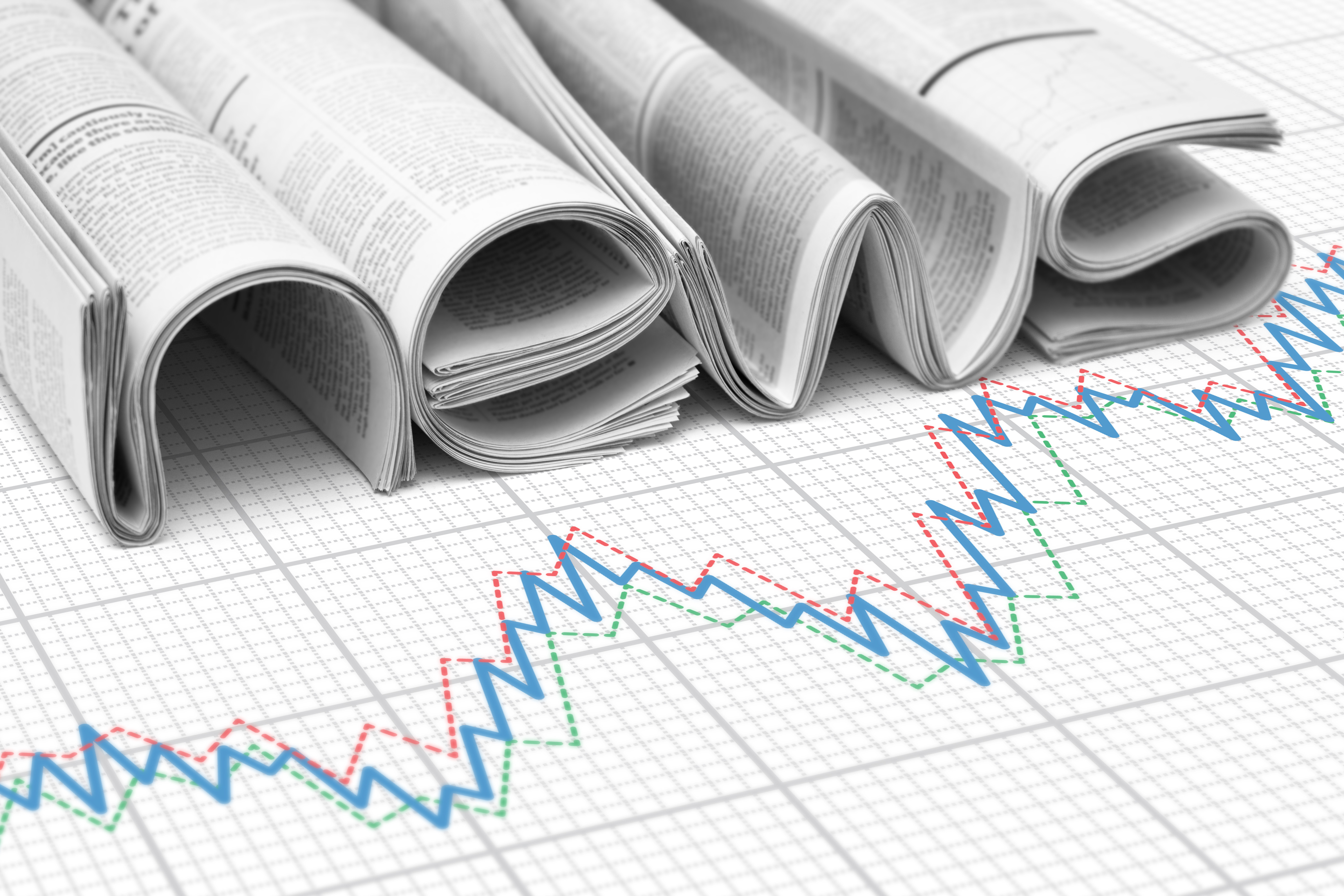Category: Market Update
Lineweaver Financial Markets Update
Following the conclusion of its September meeting, The Federal Reserve (Fed) announced another “jumbo” interest rate hike of 0.75% and communicated that further interest rate increases will likely be appropriate in the coming months. The Federal Open Market Committee now projects its target interest rate to be raised an additional 1.00% to 1.25% by the end of 2022. Following this announcement stock markets declined, resulting in the S&P 500 index re-entering bear market territory (more than 20% below its January high). In August’s inflation report, the Consumer Price Index rose 8.3% from a year ago, suggesting that inflation may prove higher and longer lasting than many previously believed. In response, Federal Reserve chairman Jay Powell reiterated that the Fed intends to continue raising interest rates, rather than prematurely pausing or pivoting as financial markets had hoped over the summer. From June lows to August highs, the S&P 500 index rallied nearly 19%. As you may recall, we took advantage of that run-up in equity markets to rebalance investment portfolios back in line with the asset allocation most appropriate to meet long-term investment objectives (for reference, asset allocation is the percent of a portfolio’s investments held in each major asset category, such as stocks, bonds, or other securities). We did this to manage risk as we entered what we felt may be a volatile fall. Thus far, stock declines have occurred while corpor
Market Update: 2019 in Review
We spend a lot of time analyzing the market’s history, the macroeconomy, and many other aspects of the financial markets; and while past performance doesn’t always indicate future performance, there are a lot of good indicators that will help us to look forward. The fourth quarter of 2018 was the S & P 500’s third worst in history, while the first quarter of 2019 was the best first quarter in 21 years. The Fed’s complete U-Turn with interest rate policy and the massive Chinese stimulus of around $1T USD really has played a big part in that change in sentiment. Earnings have been a positive surprise so far this quarter as well. Earnings so far for Q1 have been generally good with 78% of companies reporting a positive EPS. But, to be fair, these numbers are coming on low expectations. Q1 was very good with all 3 months in positive territory. In the prior 22 times this has happened, the market was higher about 91% of the time during the next 9 months. So, history would suggest there’s a decent likelihood of continued gains. But, there also may be some challenges up ahead. Specifically, the yield curve inversion in March. Typically, if the yield curve, which is the relationship between stocks and bonds, stays inverted, one begins to worry about recession. The good news is that the curve has steepened, and we no longer have the 10 year/3-month inversion now. However, there is some concern about German




 Virteom
Virteom